Archaeologists discovered a 1,900-year-old marble slab bearing an ancient Greek inscription in the Roman Baths of Hisarya, a small resort town in Bulgaria‘s Plovdiv province, revealing who managed the finances of the province of Thrace and when the baths were built.
Hisarya is located about 40km from the city of Plovdiv. The oldest remains that have been found in the city date from the 4th century BC. It was founded by the emperor Diocletian who also gave the name of the city, at that time called, Dioclecianopolis.
Hisarya has Roman baths extremely well preserved and at that time were used for thermal procedures. The city has 22 points with mineral water with different physical-chemical composition and temperature which has proven curative qualities.
The marble slab was discovered in a special premise and is dedicated to Emperor Antony Pius and Marcus Aurelius. The text gives accurate information that the baths were built in the year 152 and that the finances of the province of Thrace were managed by Volusius Severus.
The inscription was placed during the time of the governor of the province of Thrace – Galonius Fronton and was a donation by Elia Bendida and her husband for the thermal baths in the imperial domain near the mineral springs.
The discovery confirms the previous statement about the construction of the baths in the middle of the 2nd century.
Epigrapher Dr. Nikolay Sharankov from Sofia University “St. Kliment Ohridski” is already working on the reading of the inscription, the Municipality of Hisarya specified.
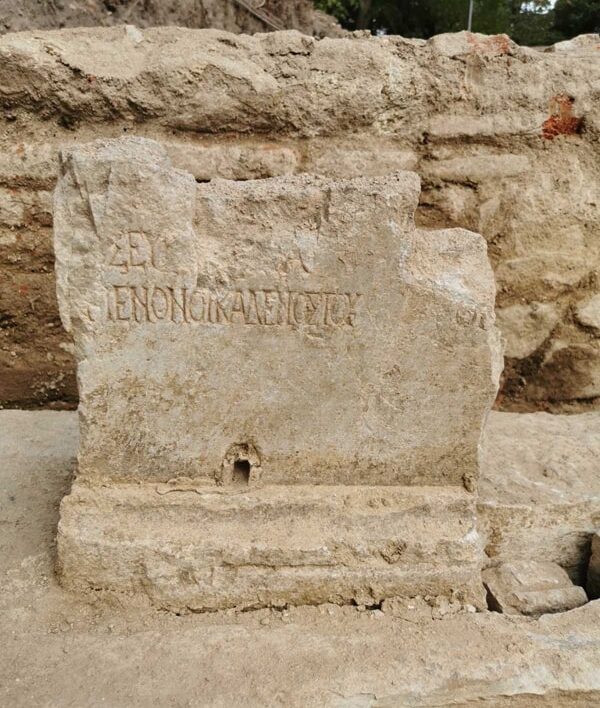
Associate Professor Mitko Madjarov, Director of Hisarya Archaeological Museum, made a statement to Bulgarian National Television (BNT): “The inscription is intact, 1.3 x 70 cm in size. When we talk about an imperial cult, it means that it was placed in a cult place. The room in which it was found is a deep pool, a huge amount of marble, cipher slabs and certainly this room was sacred,” he said.
The Roman Baths were built after the area was designated as an imperial possession, and they later rose to prominence as the spa capital of Thrace and the Balkans.
So far about 3.5 decares have been excavated and explored in the Roman Baths. According to Assoc. Prof. Madjarov, the valuable artifact is a prerequisite for new discoveries in the Roman Baths:
“A few years ago, we found a male foot of a solid statue, and it is very likely that we will find this statue here as well – whether it will be of an emperor or of the God of Health, future excavations will tell.”
Experts define the findings as extremely valuable because they give a clearer idea of the significance of the thermo-mineral deposit of the ancient city of Diocletianopol.
This is the third epigraphic monument discovered on the site during the rescue archaeological excavations under the project of the municipality of Hisarya, which is implemented under the operational program Regions in Growth.
The marble slab is now on display in a special place in the Archaeological Museum.
Cover Photo: Darik Bulgaria

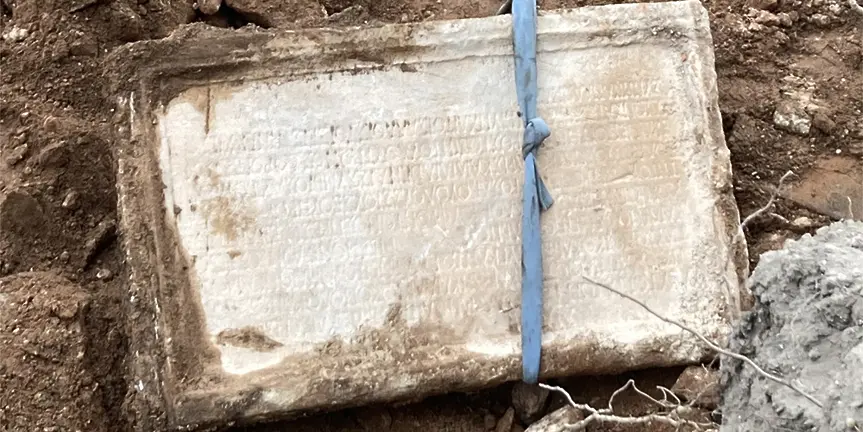

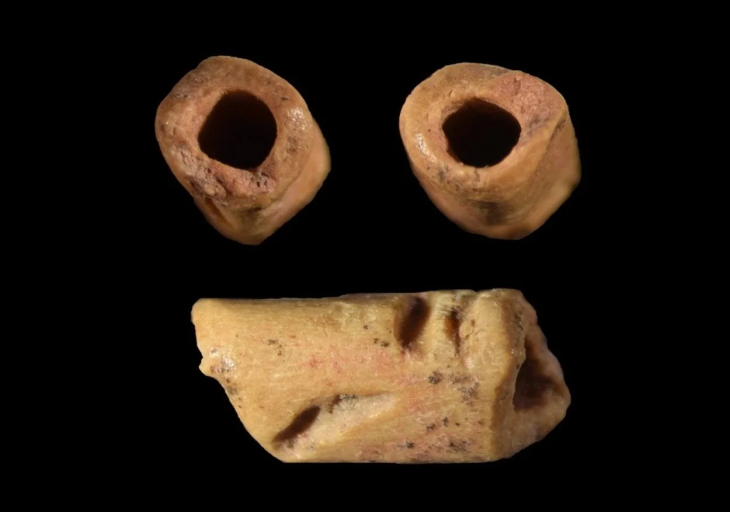
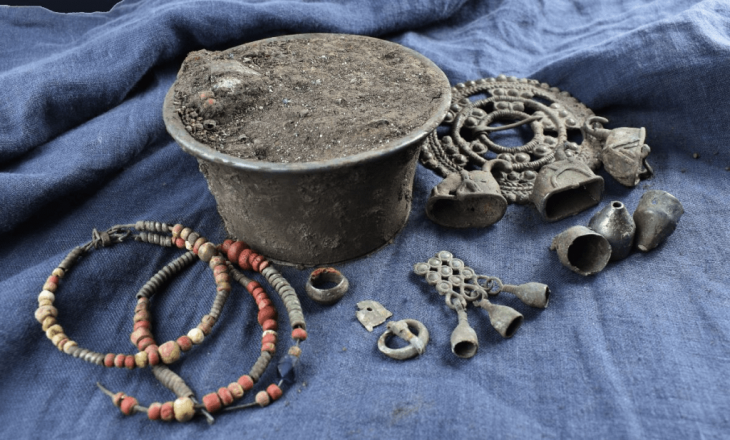
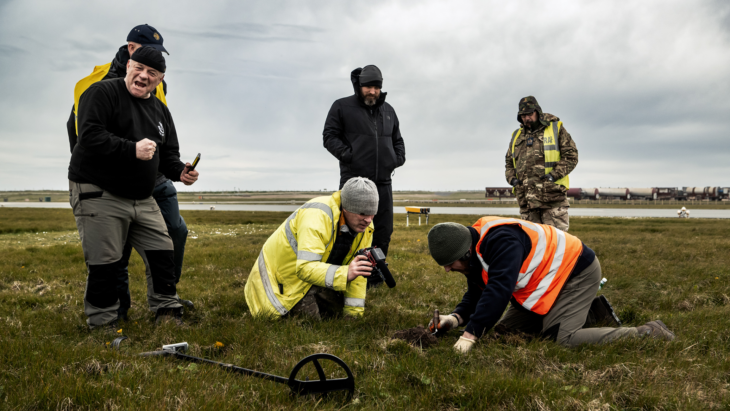
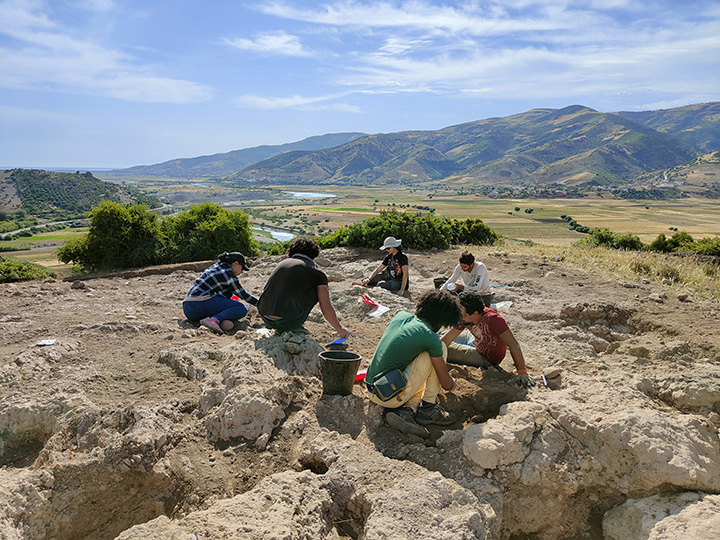

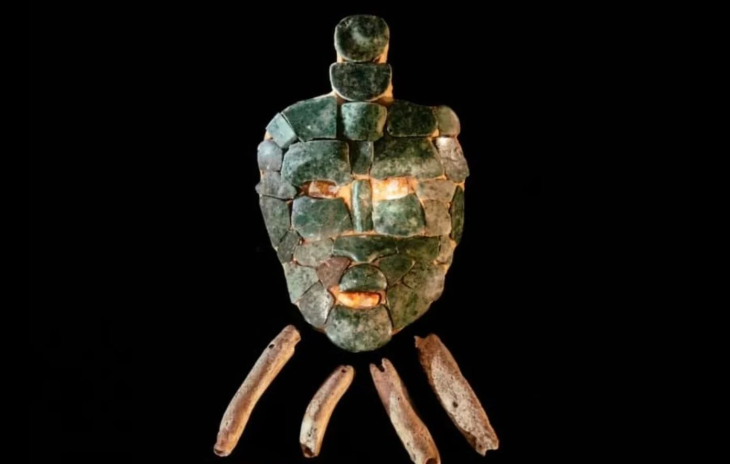

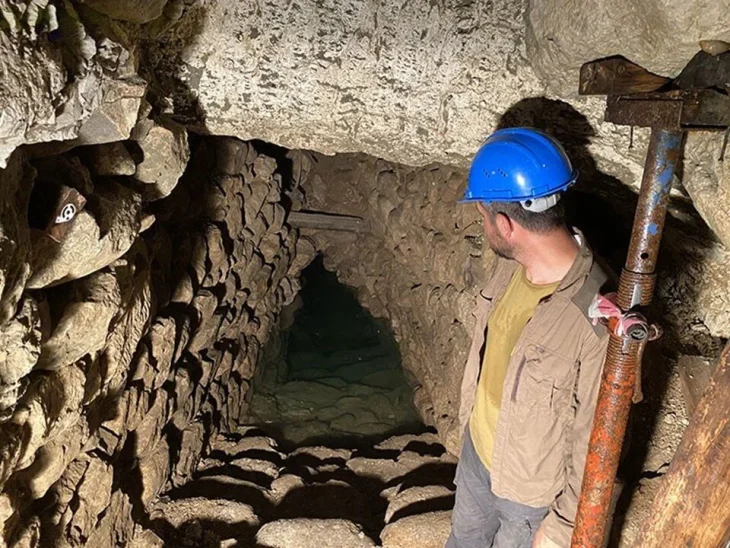

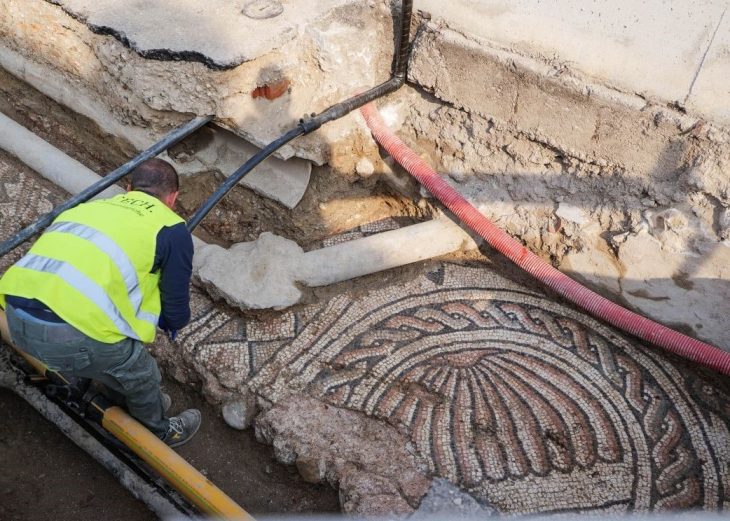
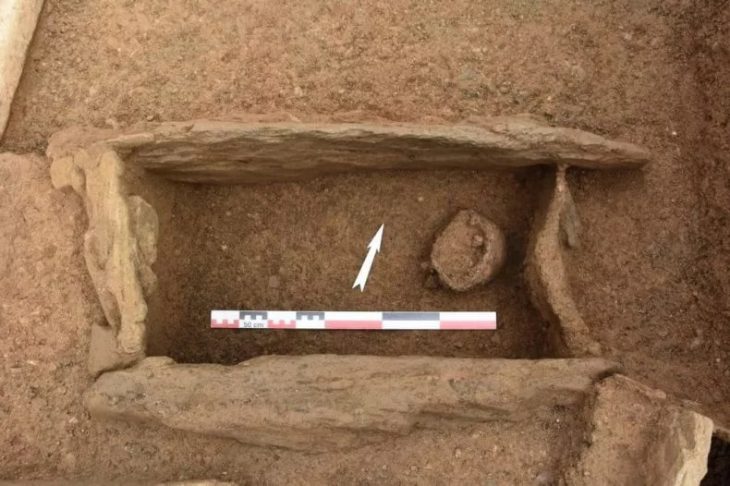



Not being an archeologist, I find it fascinating to learn of some of these newly discovered sites, the knowledge of which helping to identify even more older civilizations. A site mentioned in Iran sounds very interesting but unfortunately because of the political situation, no one will be able to go there either to see it or to work on the site.
Brilliant report and pictures I am liking the Roman Empire etc👍
fascinating!